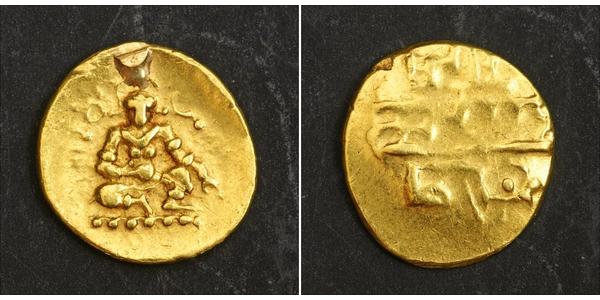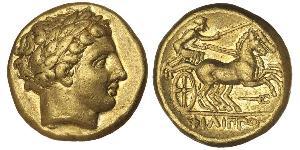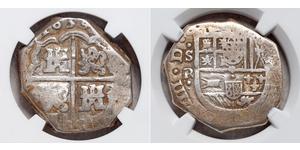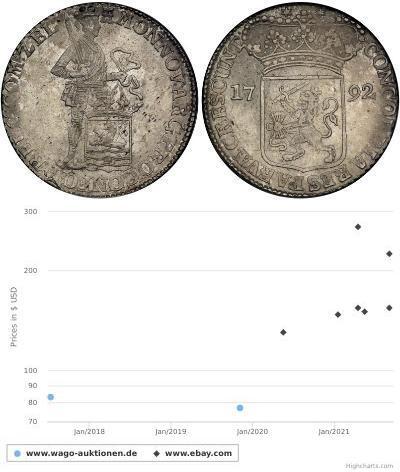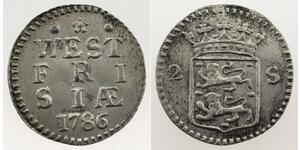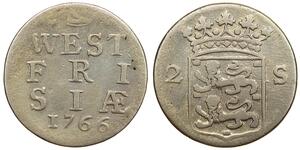(sold for $103.0)
1509, India, Vijayanagar Empire, Krishnadevaraya. Gold ½ Pagoda Coin. 1.5gm!
Country: India Culture: Vijayanagar Empire Mint Period: 1509-1529 AD Denomination: Gold ½ Pagoda Ruler: Vijayanagar Empire, Krishnadevaraya (1509-1529) Reference: Friedberg 357, Vijayanagar 9.3.5, Mitchiner 899. R! Condition: A small welding mark at 12 o'clcok (where a susepnsion loop was once attached), weakly struck reverse, otherwise VF+ Diameter: 12mm Material: Gold! Weight: 1.5gmObverse: Balakrishna seated facing. Chakra to left, śankha to right.
Reverse: Inscription in three lines. Legend: "śri pra - tapa krishna - raya"
Bala Krishna (Sanskrit: बाल-कृष्ण bālakṛṣṇa, literally "child Krishna") sometimes translated to "Divine Child Krishna", is historically one of the early forms of worship in Krishnaism and an element of the history of Krishnaworship in antiquity. This tradition is considered as a part of the number of other traditions that led to amalgamation in a later stage of the historical development and culminate in worship of Radha Krishna as Svayam bhagavan. Other monotheist traditions are Bhagavatism and Cult of Gopala, that along with Cult of Krishna-Vasudeva form the basis of the current tradition of the monotheistic Krishna religion. The worship of Balakrishna, the divine child, while a significant feature of the Krishna religion, often receives less attention, however it is one of the most popular deities of Krishna in many parts of India today. Early evidence of such worship can be found or as early as the 4th century BC according to evidence in Megasthenes and in the Arthashastra of Kautilya, when Vāsudeva (as the son of Vasudeva was worshiped as supreme Deity in a strongly monotheistic format, where the supreme Being was perfect, eternal and full of grace. Some of the miraculous acts of the form are notable. It is believed that Putana, a huge monster, was killed when the baby Krishna sucked her life from her by taking the poisoned breast she offered him. Bala-Krishna is often depicted as a small child crawling on his hands, and knees or dancing with a piece of butter in his hand. In the Bhagavad Gita, it appears Krishna is teaching a universal monotheistic religion of personal God and reveals himself to be all-God, svayam bhagavan. The childhood episodes of Krishna's legend became the focus of the medieval devotional cults that started to develop in a number of movements in medieval India.
The Vijayanagara Empire referred to as the Kingdom of Bisnagar by the Portuguese, was an empire based in South India, in the Deccan Plateau region. It was established in 1336 by Harihara I and his brother Bukka Raya I. The empire rose to prominence as a culmination of attempts by the southern powers to ward off Islamic invasions by the end of the 13th century. It lasted until 1646 although its power declined after a major military defeat in 1565 by the Deccan sultanates. The empire is named after its capital city of Vijayanagara, whose ruins surround present day Hampi, now a World Heritage Site in Karnataka, India. The writings of medieval European travelers such as Domingo Paes, Fernão Nunes and Niccolò Da Conti, and the literature in local languages provide crucial information about its history. Archaeological excavations at Vijayanagara have revealed the empire's power and wealth.
The empire's legacy includes many monuments spread over South India, the best known of which is the group at Hampi. The previous temple building traditions in South India came together in the Vijayanagara Architecture style. The mingling of all faiths and vernaculars inspired architectural innovation of Hindu temple construction, first in the Deccan and later in the Dravidian idioms using the local granite. Secular royal structures show the influence of the Northern Deccan Sultanate architecture. Efficient administration and vigorous overseas trade brought new technologies such as water management systems for irrigation. The empire's patronage enabled fine arts and literature to reach new heights in the languages of Kannada, Telugu, Tamil and Sanskrit, while Carnatic music evolved into its current form. The Vijayanagara Empire created an epoch in South Indian history that transcended regionalism by promoting Hinduism as a unifying factor.
Sri Krishna Deva Raya also known as Krishna Rai in some inscriptions was the famed Emperor of the Vijayanagara Empire who reigned from 1509 - 1529 CE. Presiding over the empire at its zenith, he is regarded as an icon by many Indians. Emperor Krishna Deva Raya earned the titles Kannada Rajya Rama Ramana, Mooru Rayara Ganda (meaning King of three kings) and Andhra Bhoja. He was one of the greatest statesmen which medieval South India had produced. Much information about his reign comes from the accounts of Portuguese travelers Domingo Paes and Fernao Nuniz. Krishna Deva Raya benefited from the able prime minister Timmarusu, who was regarded by the king as a father figure and was responsible for his coronation. Krishna Deva Raya was the son of Nagala Devi and Tuluva Narasa Nayaka, an army commander under Saluva Narasimha Deva Raya, who later took control of the empire to prevent its disintegration and became the founder of the Tuluva Dynasty, the third Hindu Dynasty to rule Vijayanagara. The king's coronation took place on the birthday of Hindu God Krishna, and his earliest inscription is from July 26, 1509 CE. He built a beautiful suburb near Vijayanagara called Nagalapura in memory of his mother, Nagala.

|
Posted by:
anonymous 2018-10-08 |
2 Stuiver Netherlands Silver
group has 33 coins / 33 prices
⇑

